“Traveling – it leaves you speechless, then turns you into a storyteller.” – attr. to Ibn Battuta
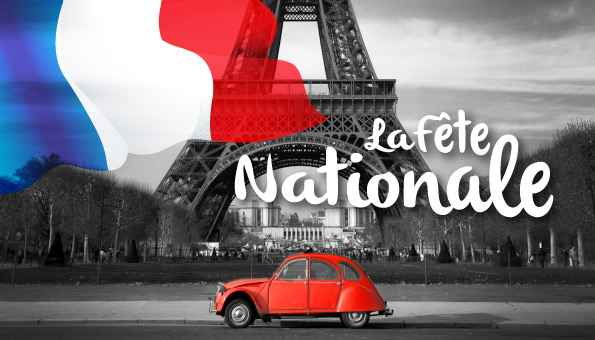
This is the 3rd or 4th time we have been in France on their “July 4th” type holiday, which is celebrated on July 14th to mark the storming of the Bastille. For whatever reason, Americans erroneously call the holiday “Bastille Day”, but it is actually called “Le Fete Nationale” in France….or more commonly, “Le Fete”. For the most part, as a traveler, it’s like any other day. There are more French flags out and about, but most shops, stores and restaurants have normal “French” hours. Government agencies are closed, but we’ve taken trains and metros without any issue.
We started the day by meeting our friends in town…they had already had breakfast at their hotel, as did we. So we were ready to tour some Chateaus! First up was the Chateau d’ Amboise, situated right in the middle of the town.

Perched on a bluff 270 feet above the Loire River, the Chateau d’ Amboise, is a grand structure with formidable walls guarding what was once a favorite Royal residence for French Kings. The Chateau in its current state is what remains of the 15th century remodel and rebuild in both the high Gothic and Renaissance style, popular at the time. Like at Chateau d’Azay-le-Rideau that we visited in an earlier post, the Chateau was originally a medieval fortress and grew in size and prestige over the years.
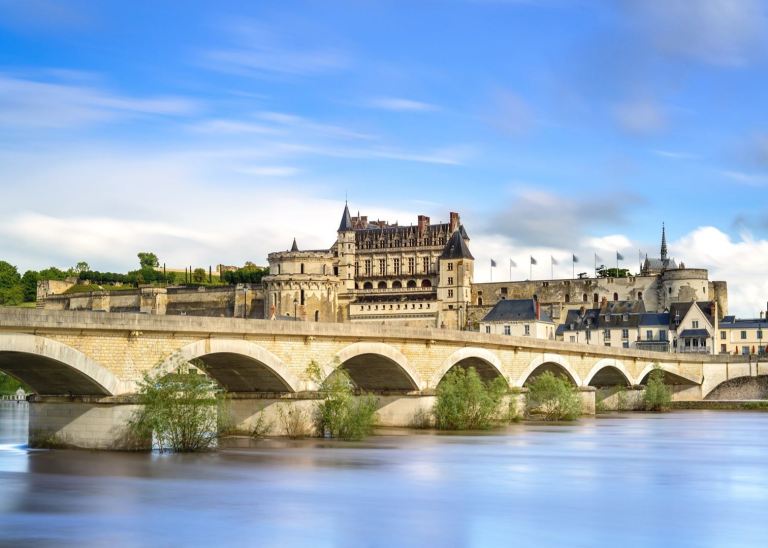
In 1431, Lord Louis d’Ambois was living at the Chateau, which looked more like a fortress than a grand castle. Unfortunately, for Lord Louis, he was accused of being part of a plot to assassinate King Charles VII’s son (the Dauphin). Eventually, the King pardoned him, but the Chateau d’Amboise was permanently seized by the Crown. It was actually Charles VII’s son and successor, Louis XI, who built the Chateau much as we see it today.

As a King, Louis XI was very unpopular with his people. History has not been kind to him, referring to him as “ugly and fat”, a “recluse”, “conniving”, “superstitious”, and “ruthless”. But he is also remembered as intelligent, devout, a hard worker and a brave warrior. Regardless, as a builder, he had a spare no expense attitude about constructing his grand “masion” and major work began in 1463. The old fortress was pulled down, and the stones were used to build the new Chateau. He had the two round towers built, as well as a Chapel dedicated to St. Blaise. Work on the Chateau continued at a brisk pace right up until to his death in 1483.


Louis XI’s son, Charles VIII, grew up at the Chateau, and was equally as dedicated to continuing construction. Charles VIII became king at the young age of 13 and in his short rule, he is remembered for a few things, but mainly for his invasions into Italy as well as bringing back the gift of syphilis to France, contracted by himself and his troops during their dalliances while there.
STD’s aside, Charles VIII was considered the “great architect” of the Chateau d’ Amboise. He and his wife, Anne of Brittany, hired all of the best artisans from France to continue working on the Chateau. The exterior was made ever more grand and for the interior, they spent enormous piles of money on tapestries and furniture. Charles VIII oversaw the grand horseman’s towers construction. These massive towers contained circular stone ramps winding their way up to the Chateau terrace allowing the Knights of the King quickly to go from the streets of Town up to the Chateau’s terrace.
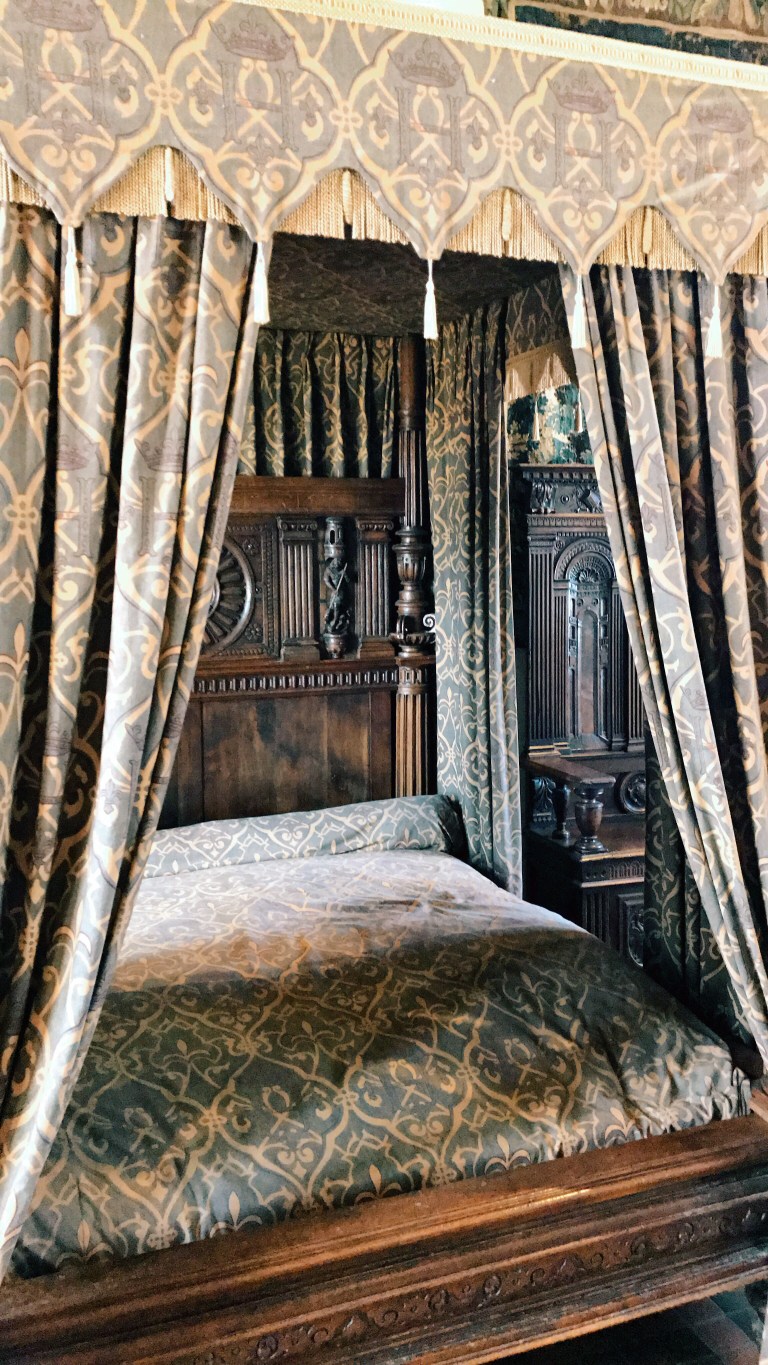

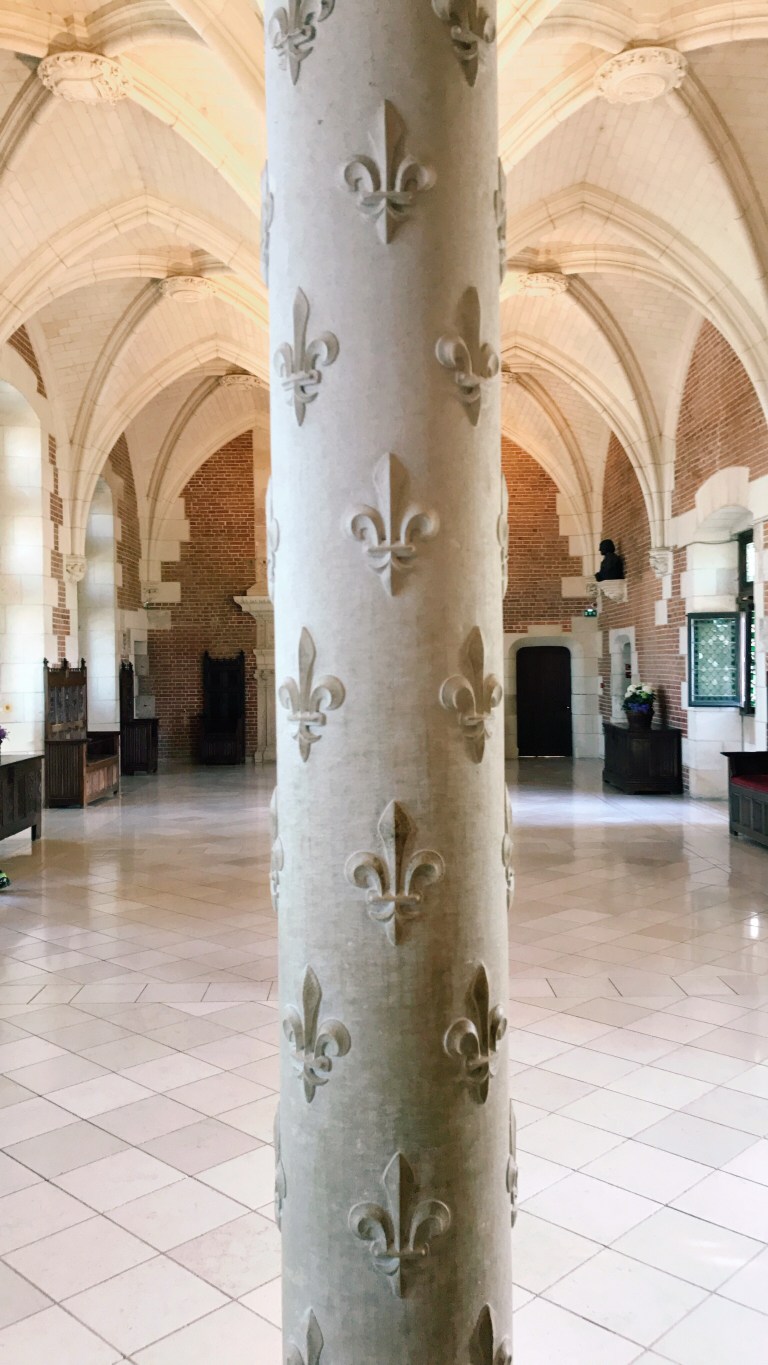
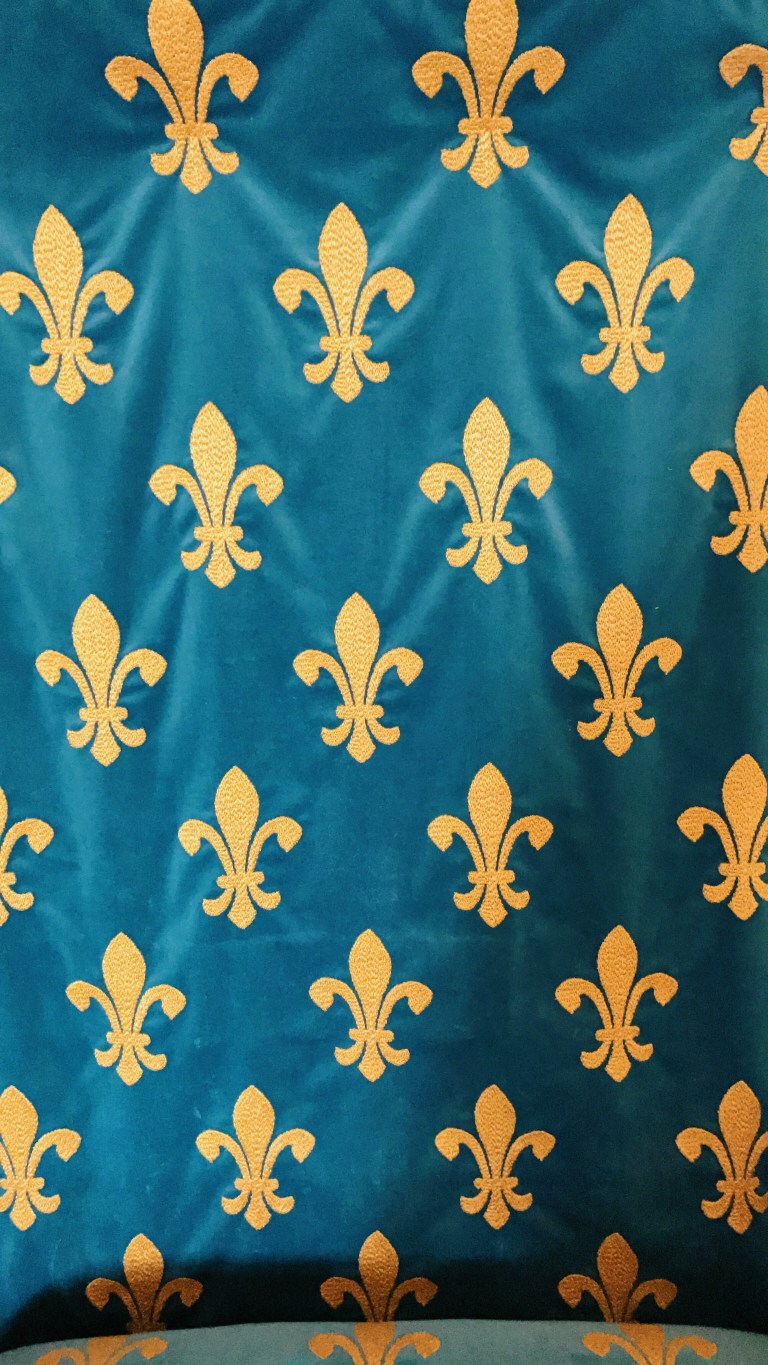




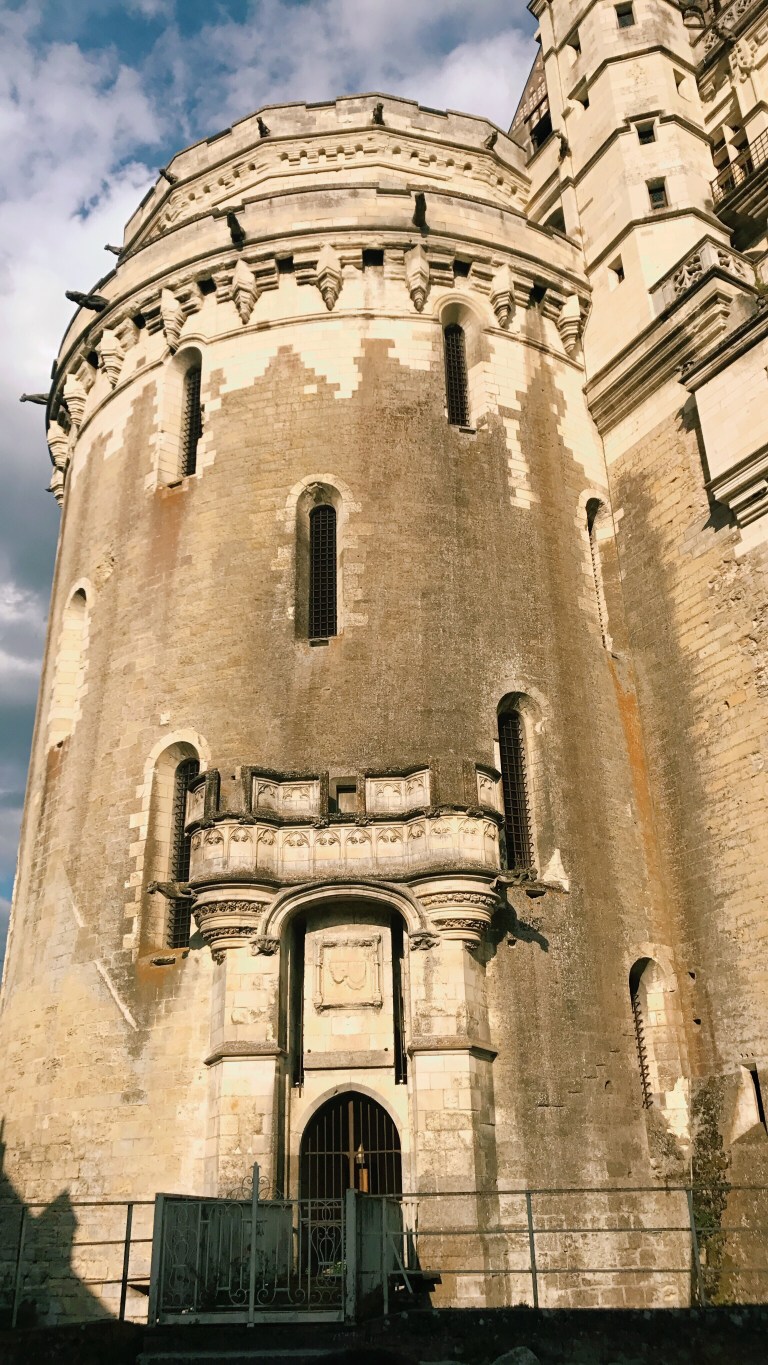
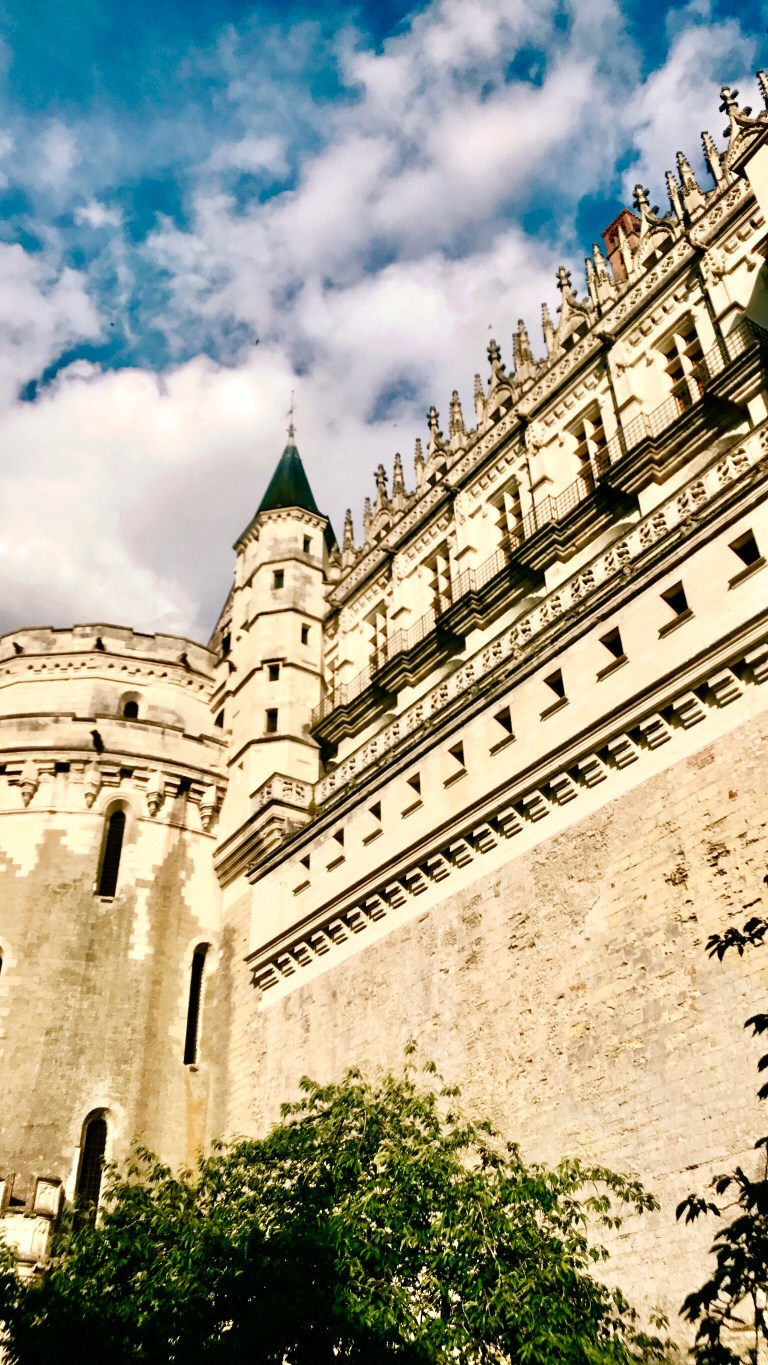
Charles VIII was only king for 15 years and had a rather abrupt demise. In April of 1498, Charles (who was always considered flighty and gangly) escorted his wife through the Chateau to go watch a tennis match in the Castle ditch. They took a shortcut through one of the oldest parts of the Chateau, which happened to be the “nastiest corner of the Castle where everyone did piss there that would”.
Side note: It was not uncommon, even as late as the early 1800’s for (mostly) men to urinate indoors. I’ve read many historic letters written by aristocrats such as the Georgiana, Duchess of Devonshire, who described the odoriferous morning after a large party where walls in stairways were urine soaked.
But back to the story. Charles and Anne were walking through the smelly room in the Chateau and he knocked his head on the door frame. He might have stopped to hold his head and shout a few expletives, but he didn’t think much of it and continued on to the tennis match. Sometime during the match, while chatting with courtiers, he collapsed. His physicians said he should not be moved, but his servants brought him into the nasty Haquelbac Gallery and placed him on a crude, timber-slat bed where he laid motionless from 2PM until about 11PM when he took his last breath. He left no children and the crown passed on to his cousin, Louis XII.

One of my favorite parts of our tour was just walking through the different gardens. The gardens at the Chateau are a mix of old and new. There is the “Naples Terrace” which is a Renaissance style garden dating from the 1400’s. The flat, green terrace is laid out in a grid and offers a beautiful view of the town below and of the Loire River. We were visiting at what is considered the height of the tourist season, but it was not crowded at all, and you could often find the garden spaces to yourself.



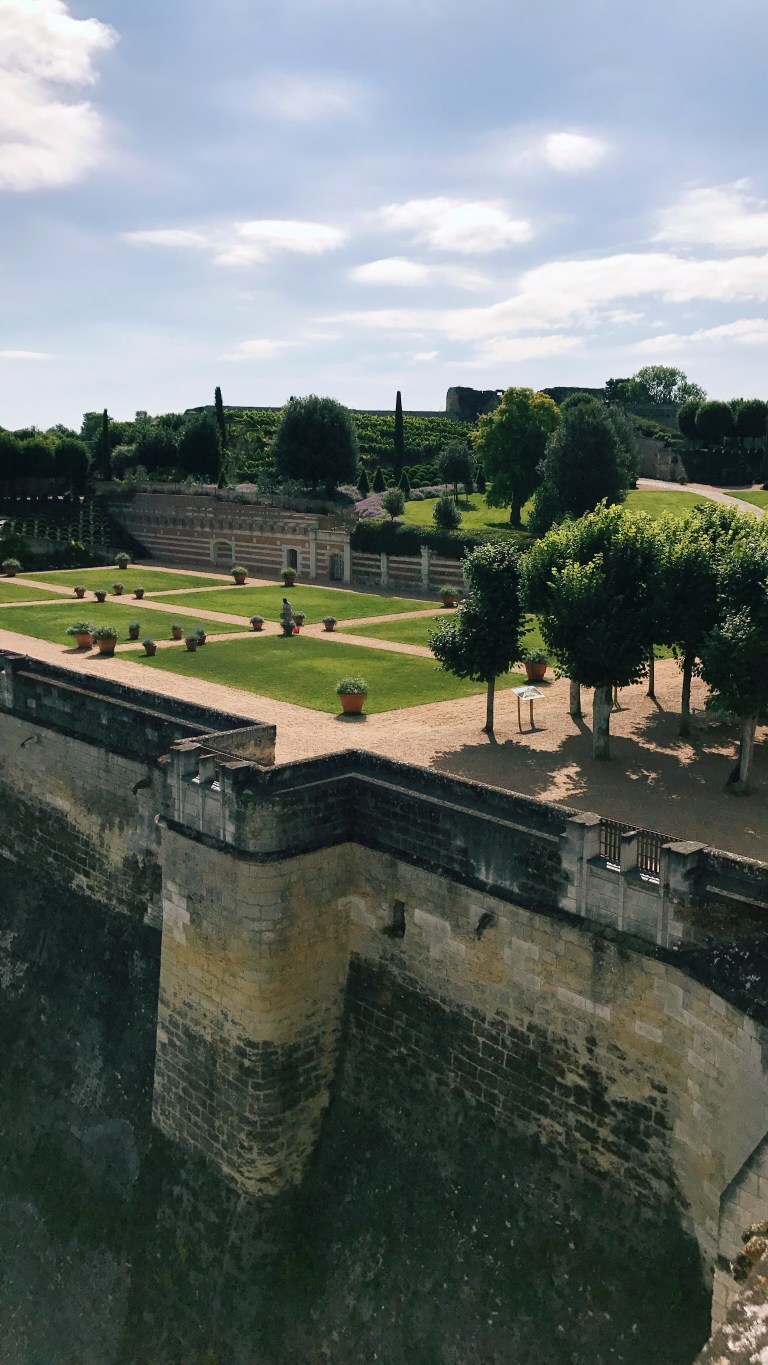
The rest of the gardens definitely evoke the grounds of an Italian villa. Tall cypresses tower over a small vineyard, round boxwoods dot a gentle hillside and vibrant purple flowers sway in the warm sun.

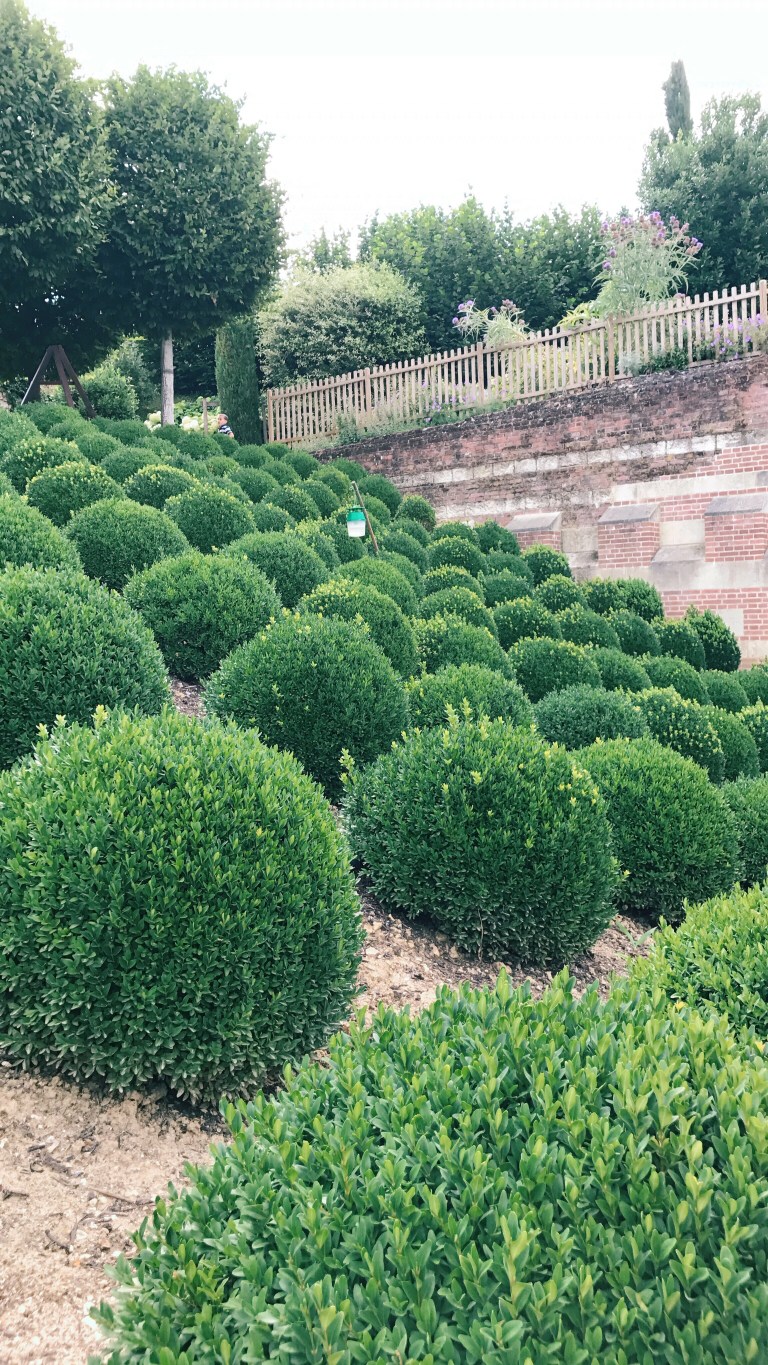

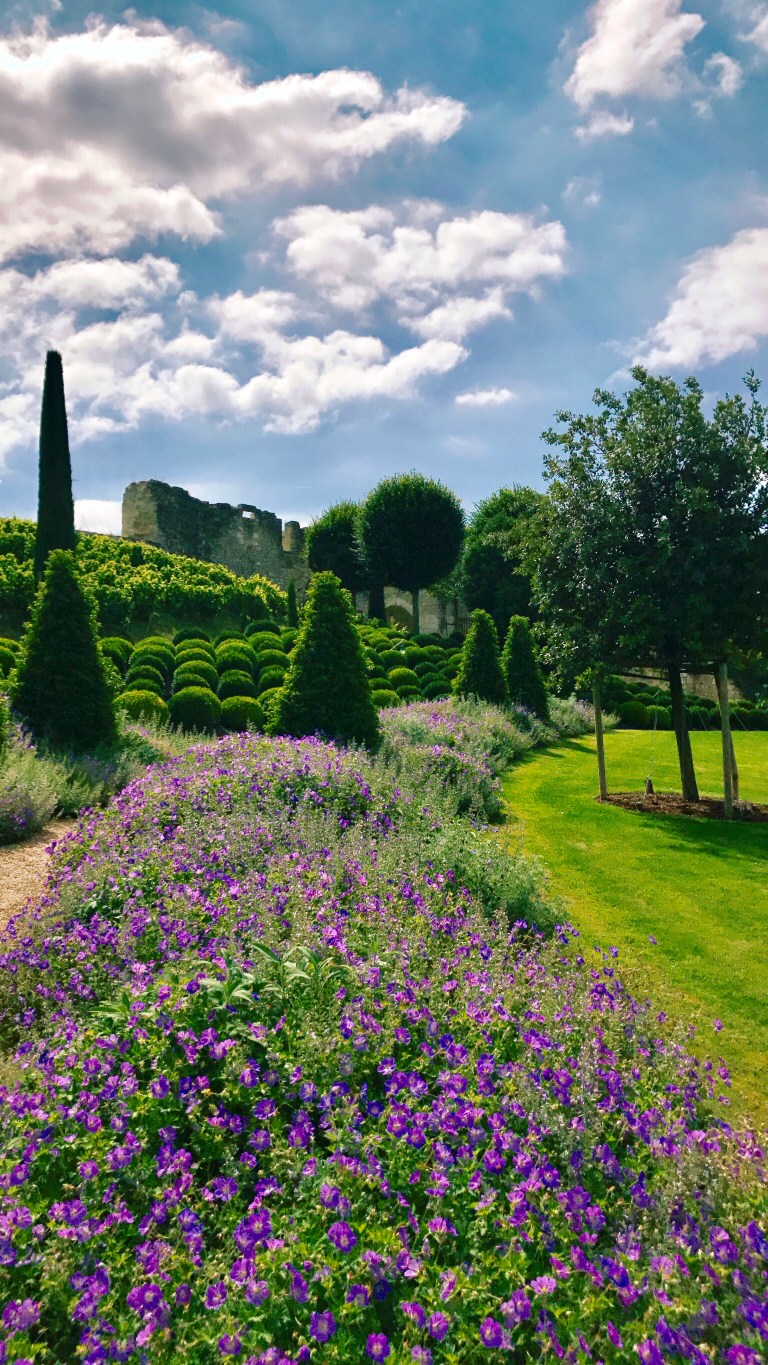
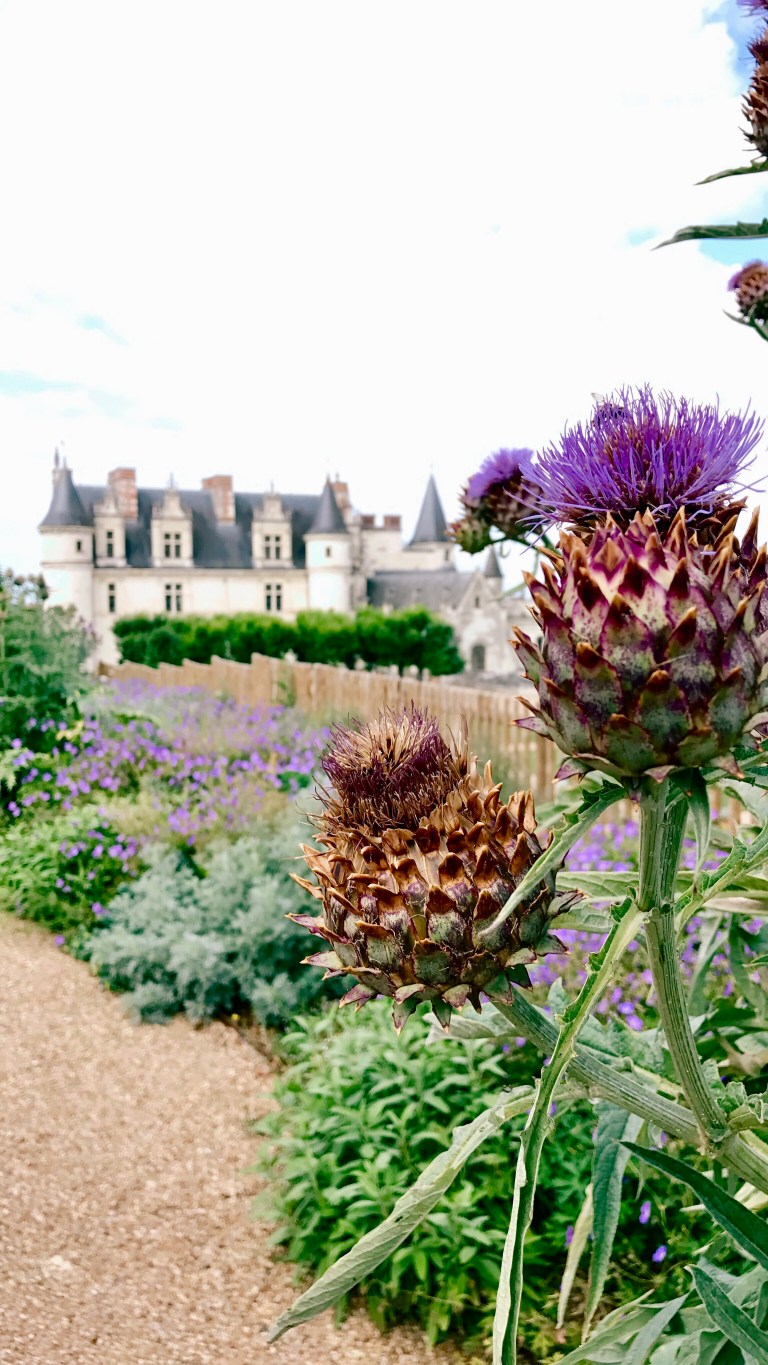

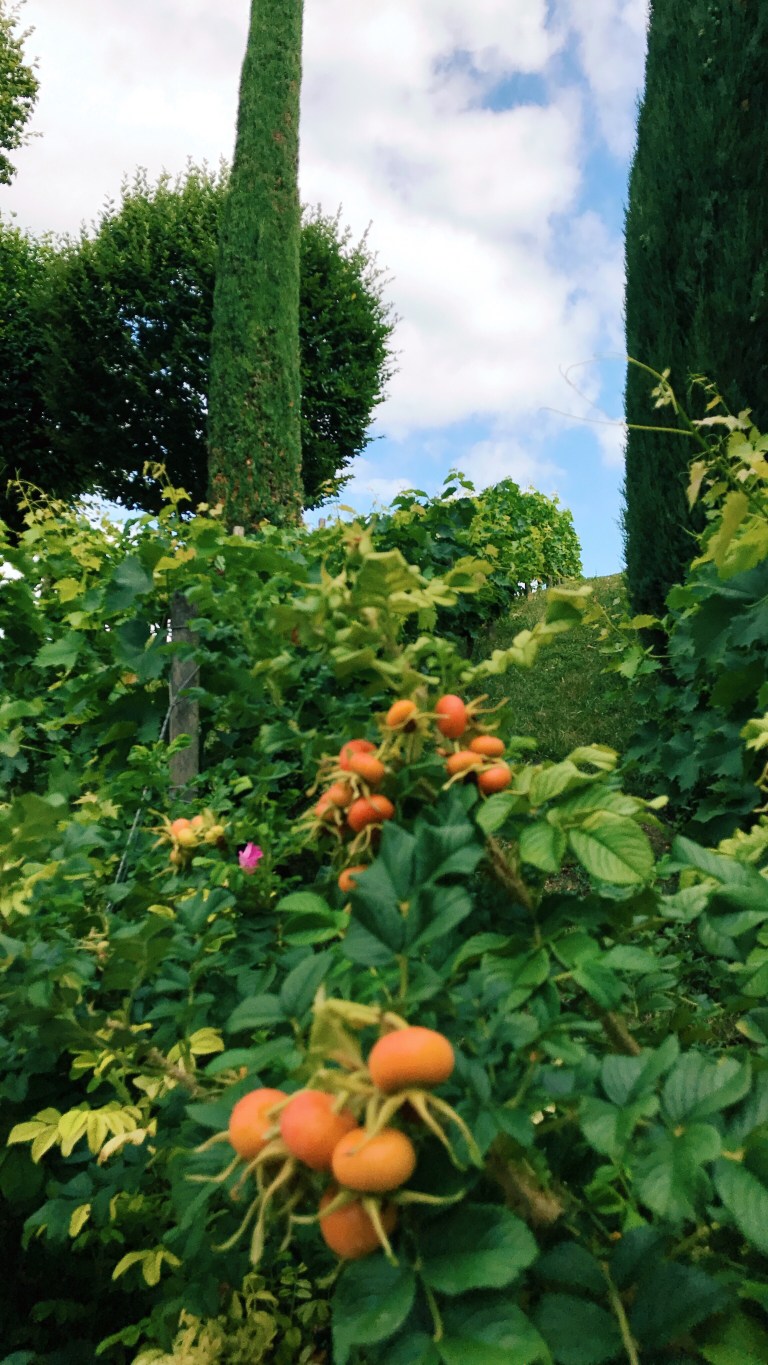
You can’t visit Amboise or the Chateau without a mention of Leonardo da Vinci. In 1515, Francois I took the throne as King of France. We use the term “renaissance man” to describe a person with several talents and interests as well as having knowledge of many subjects. That would describe Francois I perfectly. He learned arithmetic, geography, grammar, history, reading, spelling, and writing…he could read and speak Hebrew, Italian, Latin and Spanish. Very outgoing and personable, Francois I enjoyed dancing and music and he took part in archery, falconry, horseback riding, hunting, jousting, tennis and wrestling. He would go on to be a major patron of the arts…and took a keen interest in fine art (painting & sculpture), literature, poetry and science. The influence of the Italian Renaissance had already made its way to France when Francois I took the throne, but he cultivated the movement and made it flourish.
This is where Leonardo da Vinci comes in.

Francois was patron to many renaissance artists. At the time of his reign, the French royal residences were shockingly absent of great art. There was a portrait painting here or there, but no sculpture…no ancient pieces from Rome or Greece. It was Francois I that went about hiring artists to fill the walls of the Chateaus and Palaces. At the age of 64, Leonardo da Vinci had left a tumultuous Milan (where he painted the Last Supper) and moved to the Vatican in Rome, which wasn’t markedly more calm. Francois I offered to move Leonardo to France, in particular, Amboise and make him “Premier Painter and Engineer and Architect to the King,” and situate him at Château du Clos Lucé, just down the road from the Chateau d’ Amboise.


Leonardo accepted the offer, and made his way to France with his longtime assistant/companion, Francesco Melzi and pupil Gian Giacomo Caprotti da Oreno, or “Salai”. Leonardo brought with him several pieces of art, including the famous Mona Lisa. Leonardo didn’t do much painting in his few years at Clos Luce, but he did continue to work on engineering projects and may have had some part in the planning of the Château de Chambord, which we will visit later.
Travel Note: We chose not to visit Clos Luce. I is literally right in town and very easy to get to. But in all of the research that we did, it seemed more suited to families with kids….and we and our friends left our kids home for this trip. There are “life size” models of Leonardo’s many inventions and a few period decorated rooms. Josette and I had seen lots of Leonardo inventions in museums in Milan….so we skipped it. But you could probably easy tour the Chateau d’ Amboise and Clos Luce all in one morning.
In April of 1519, Leonardo became ill and started drafting his will and burial plans. In May, he suffered a stroke and died. There are many stories and a few famous paintings that show Leonardo dying in the arms of his royal patron, Francois I, but apparently, this is just a romanticized tall tale that never occurred.
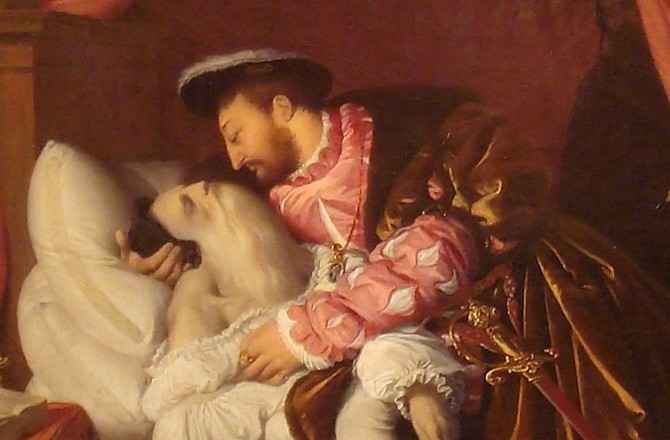
Leonardo had requested to be buried at St. Florentin, a chapel on the grounds of the Chateau d’Amboise. He was buried there in August of 1519, but his remains would become shrouded in mystery following the French Revolution. As with churches all over France, St. Florentin was damaged during the revolution and demolished by Napoleon in 1808. In traveling all over France, you hear stories of townsfolk removing huge stained glass windows to protect them during the Revolution….or safely hiding away holy relics, etc. I am surprised that da Vinci’s remains weren’t protected from destructive revolutionaries, but apparently there were not. About 60 years after Napoleon tore down St. Florentin, some bones were discovered on the site and attributed to Leonardo without much verification. The remains were interred into another Chapel on the grounds of the Chateau….Saint Hubert, a lacy gothic structure built in the late 1400’s dedicated to the patron saint of hunters.

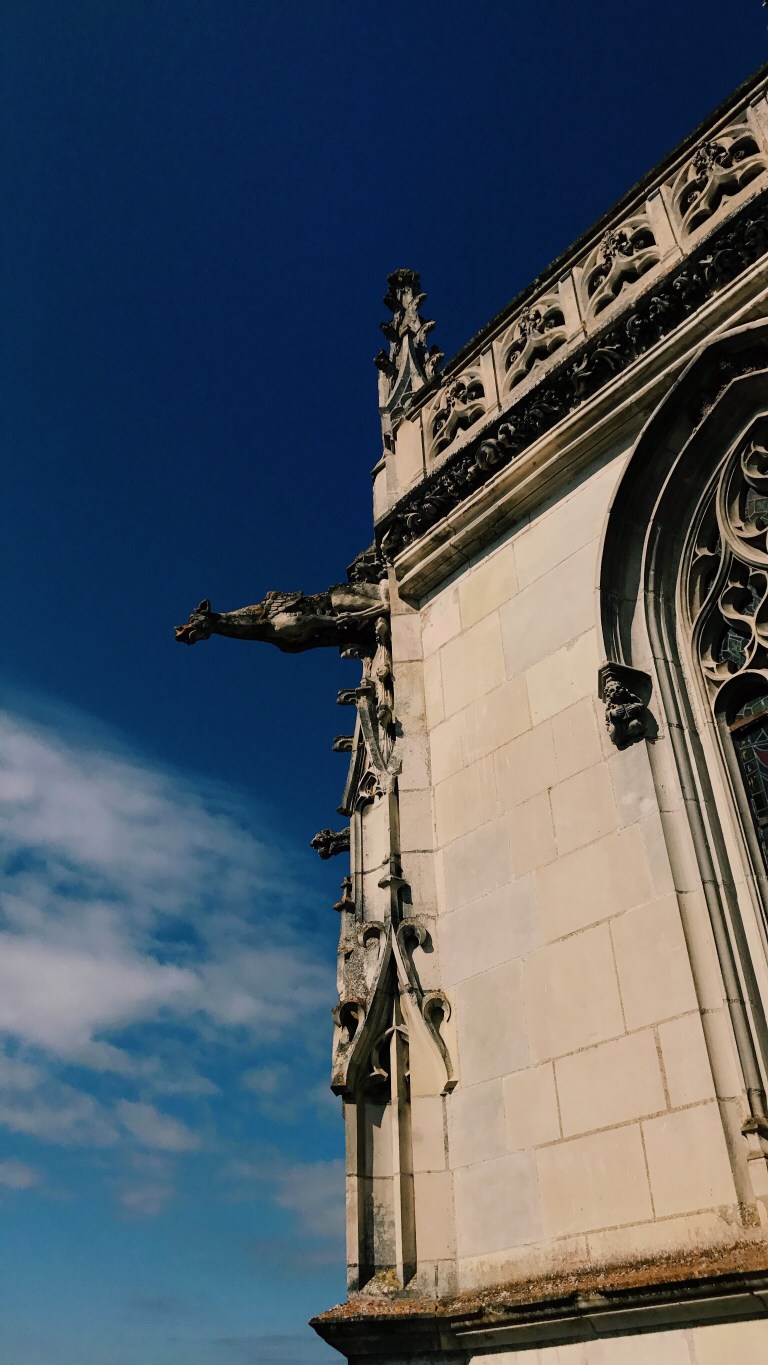
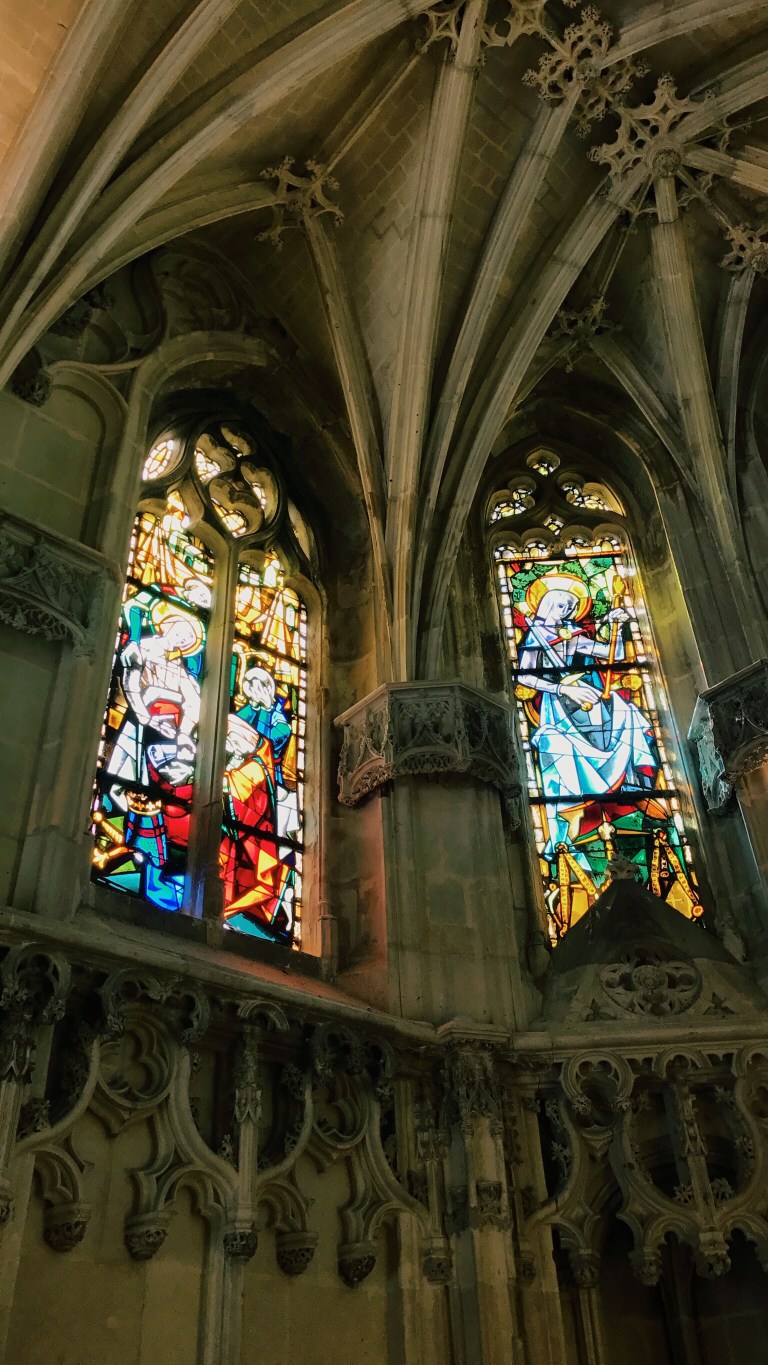




(Another) Side Note: When I saw the Chapelle St. Hubert, it looked very familiar to me. It’s like a perfect little miniature Cathedral. Had I seen it somewhere else in France? Somewhere else in Europe? In an architectural history class? I couldn’t put my finger on it until we got back to the US. I was looking through some old pictures on my computer and I spotted it! Of all places, there is an almost one-to-one replica of St. Hubert in Woodlawn Cemetery in the Bronx, in New York City. It’s the Belmont Memorial Chapel–the Belmont mausoleum that is the final resting place of Oliver and Ava Belmont, built in 1910.

We finished our tour of the Chateau d’Amboise in the late morning, around 11AM. There is a little cafe at the exit before you leave the walls of the Chateau where you can grab a cafe and use the facilities. We decided that rather than eat lunch in town, we would go around to the various shops in Amboise and grab some different cheeses, a few meats, a baguette and some wine and enjoy a picnic lunch at our next stop, the Chateau de Chenonceau.
Chateau de Chenonceau
From Amboise, Chenonceau is an easy 20 minute drive south east. Once you arrive, there is a large, tree-filled parking area. There are restaurants and snacks on site, but we opted to bring our own. Between the parking lot and the entry are picnic tables, where we enjoyed a quick bite to eat.


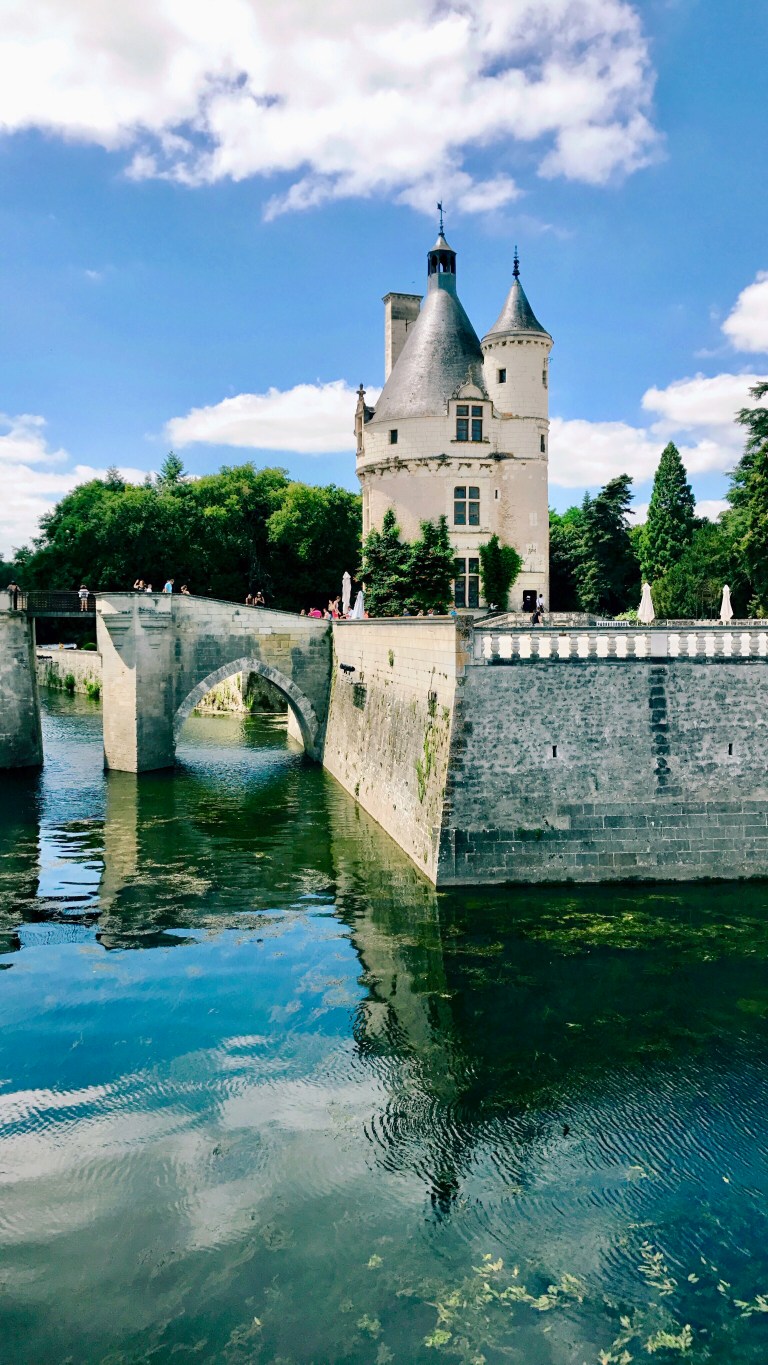
The approach to Chateau de Chenonceau is very dramatic. You walk down a very long allee of tall, slender trees and then in the distance you start to see the cream colored towers and the glimmering Cher River. The setting on and across the river is stunning and you can see why so many people wanted to lay their claim on this architectural gem over the centuries.
The story of Chateau de Chenonceau dates back over 500 years to 1513, when the structure on the site was demolished and the chateau, as we know it, was begun. But I think the more interesting point of history comes in around 1547 when King Heni II gave the Chateau to his mistress, Diane de Poitiers.


Henri and Diane’s love affair is a fairly well-known story. But who was Diane de Poitier? When Diane showed up at Court when Francis I (Henri’s father) was King, she caught the eyes of just about all of the men (and women) at court. After all, she was a noblewoman, she was smart and beautiful…educated in music, manners, languages, conversation, and dancing…she read Latin and Greek….she was athletic and a talented hunter…a true Renaissance lady. For a while, it seemed that Francis I was attracted to her, but she skirted any advances. However, the King’s young son, who was 20 years her junior, began to take an interest in Diane. Young Henri was a troubled kid….his father didn’t show him any love and his mother died when we was very young, so he had “issues”, as we would say today. So, presumably, Diane and Henri started with a mother/son kind of relationship, only to find themselves falling in love.
But, it is never that easy in Royal families. There is always duty and honor and commitments to marriage made for political and familial reasons. Henri was betrothed to marry Catherine de’ Medici…but we will get to Catherine in a minute.

Historians say that Diane de Poitiers may not have been thrilled with the marriage, but she understood that Henri had no choice in the matter and she encouraged it and even pushed Henri to make an heir with Catherine as soon as possible (kicking him out of her bed and persuading him to go to Catherine’s). Diane wasn’t Henri’s only mistress, he had several others, but he always pledged his highest love and devotion to Diane. Henri relied on Diane’s advice…she would even draft written responses to matters for the King and she became one of the most powerful women in France. Henri II showed Diane how devoted he was many times over. She was made the Duchess of Valentinois and to Catherine de’ Medici’s dismay, the King entrusted Diane with the care of the Crown Jewels of France. He paid for the remodeling of her dead husband’s familial home, the Chateau d’Anet…and in 1547 he gifted her the Chateau de Chenonceau.

Diane set about making the Chateau to her liking, undertaking several building projects. During this period, artists took up residence at the Chateau and in 1552, the King and his Court made a visit to the Chateau (and to Diane). Balls, parties and stag hunts hosted by Diane were apparently the stuff of legend.
Diane created the large, ornate formal garden with fruit trees and in 1555, commissioned the design and construction of an arched bridge that would span the Cher River and connect the Chateau to the other side.


For whatever reason, historians and writers seem to like to pit women against women. In many cases, it may be completely exaggerated, but in the case of Diane and Catherine, it seems to be accurate. History says that Catherine de’ Medici seethed and stewed throughout her marriage, staring daggers as King Henri lavished Diane with gifts. However, for a King to have a mistress was common place, and there is not much that Catherine could have done. Her revenge was achieved when in June 1559, King Henri, an avid sportsman, was accidentally injured at a jousting event at the Place des Voges in Paris. A piece of his opponent’s lance was lodged in his eye, leading to sepsis. As he lay ill, knowing his days were numbered, he continually called out for his dear Diane. But Catherine would have none of it. She denied Diane a last visit with the King. Shortly after his death, Catherine threw Diane out of the Chateau de Chenonceau.
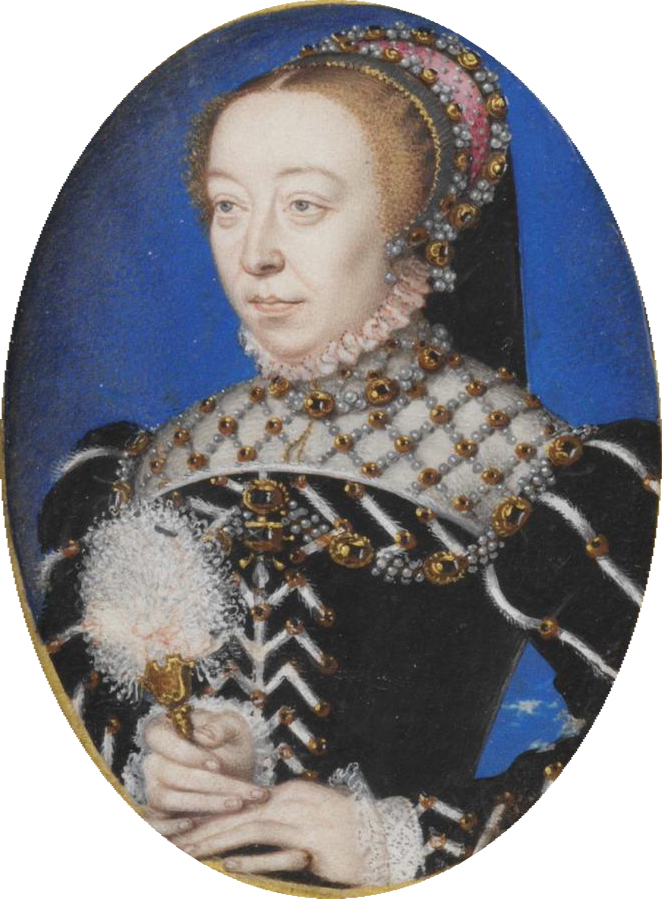
However, I would warn against too much pity for Diane des Poitiers. After a brief stay at the stately Château de Chaumont, she eventually went to live quite comfortably at her own Chateau d’ Anet, built on her late husband’s estate. She lived there, doing charitable work until her death at the age of 65 in 1566. Always known for her young appearance and glowing skin, research has shown that Diane’s ultimate downfall came at the price of her vanity….her daily drink of liquid gold most likely caused her death.
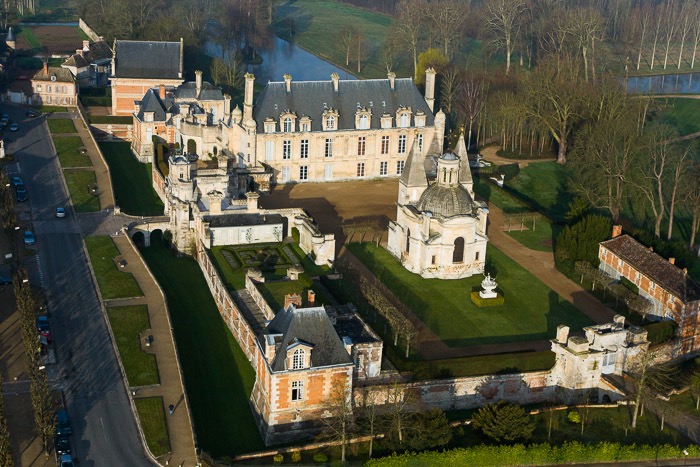
Back at Chateau de Chenonceau, Catherine de Medici started putting her own stamp on the Chateau. She created a rival formal garden opposite Diane’s, she extended the vineyards making them very productive and profitable, and she held even bigger and more lavish parties and balls. And it was Catherine who built the double gallery on top of the bridge, creating the Chateau’s appearance as we see it today.
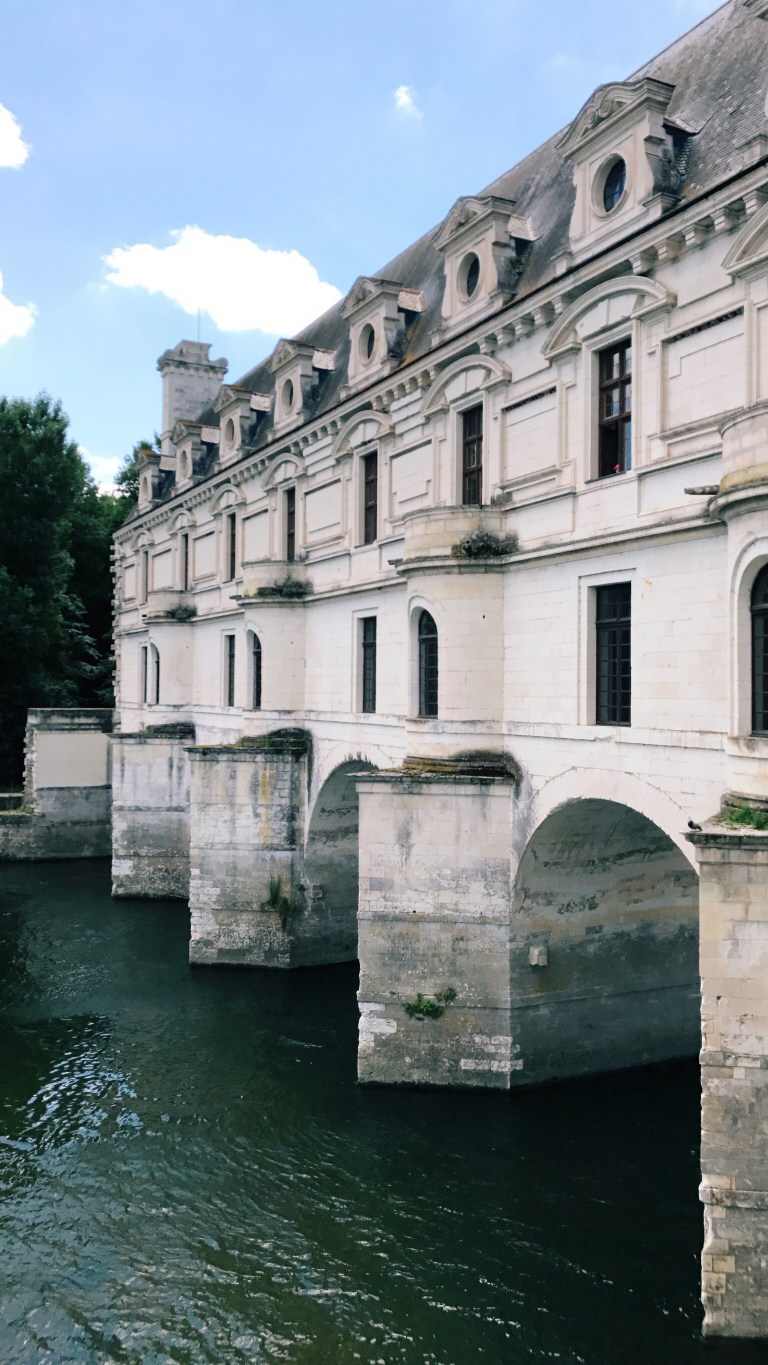
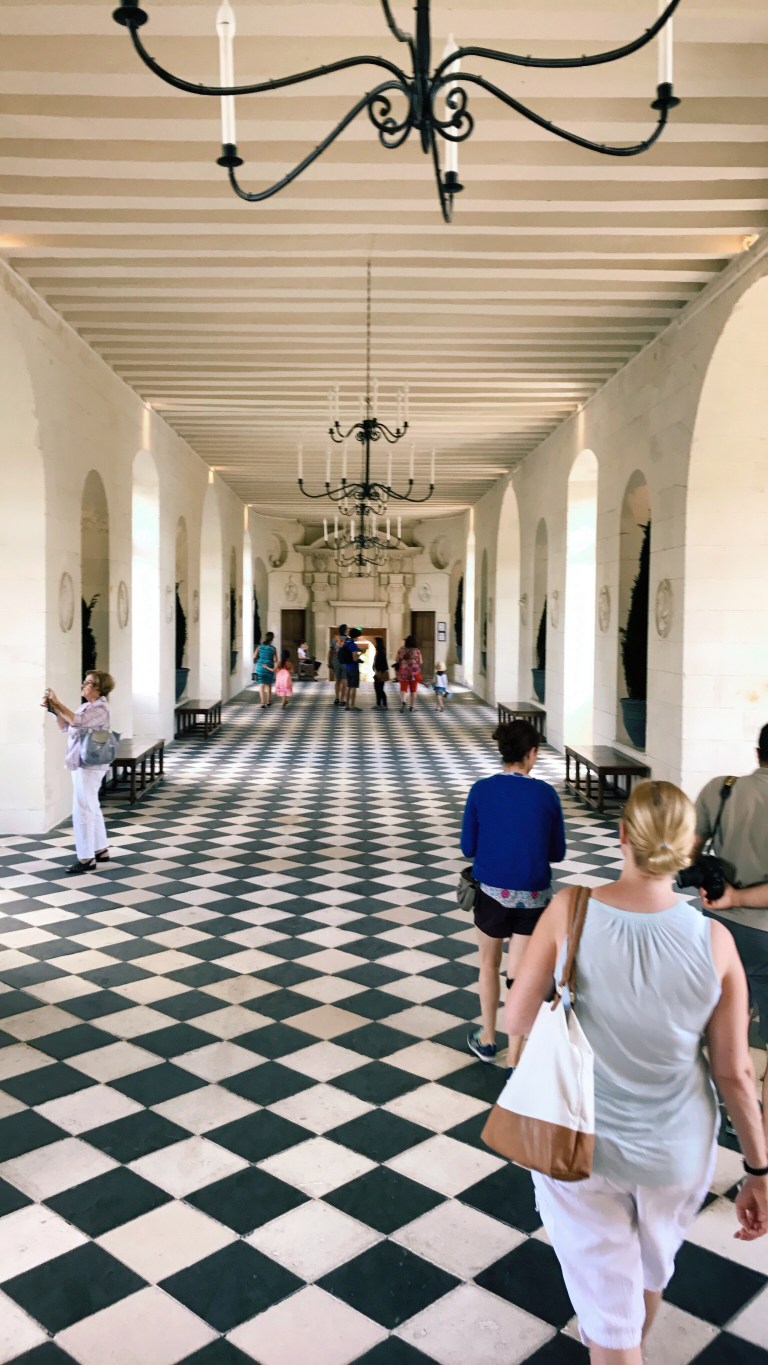





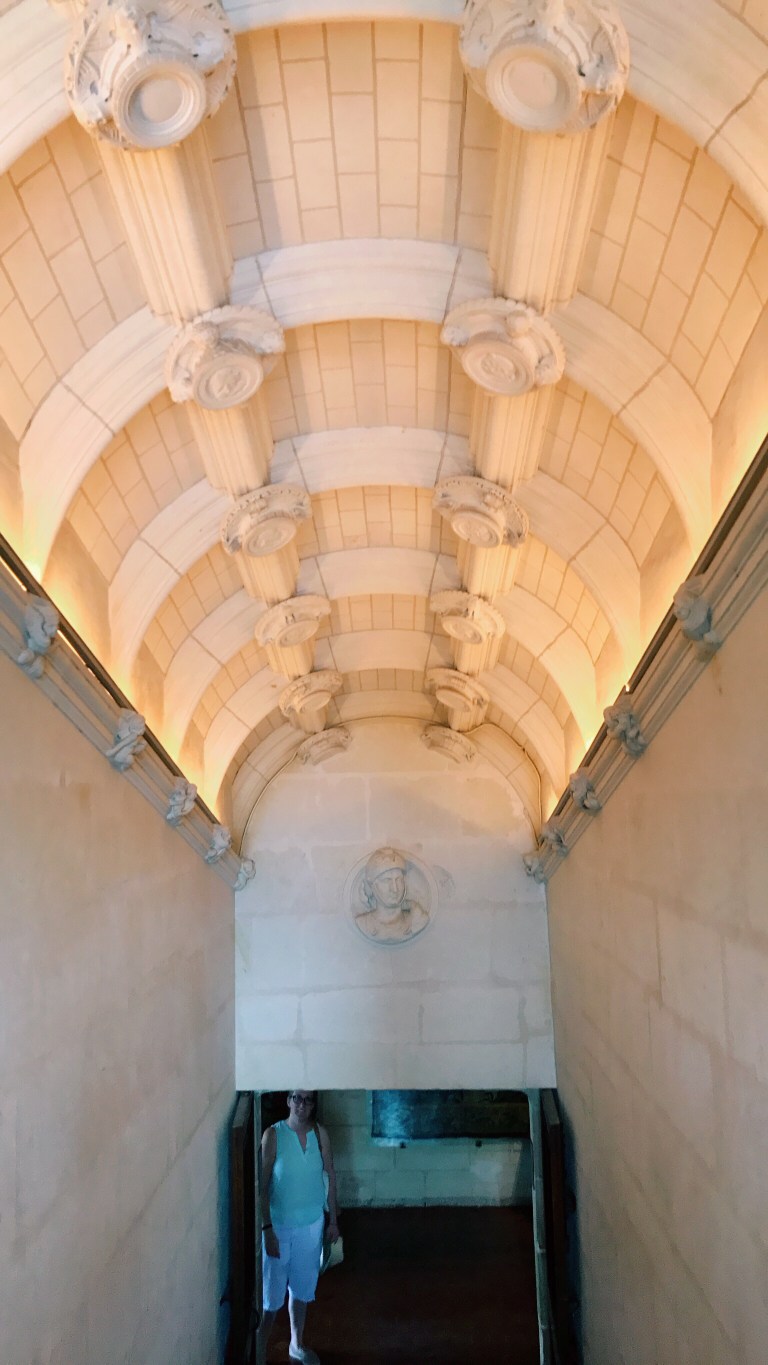





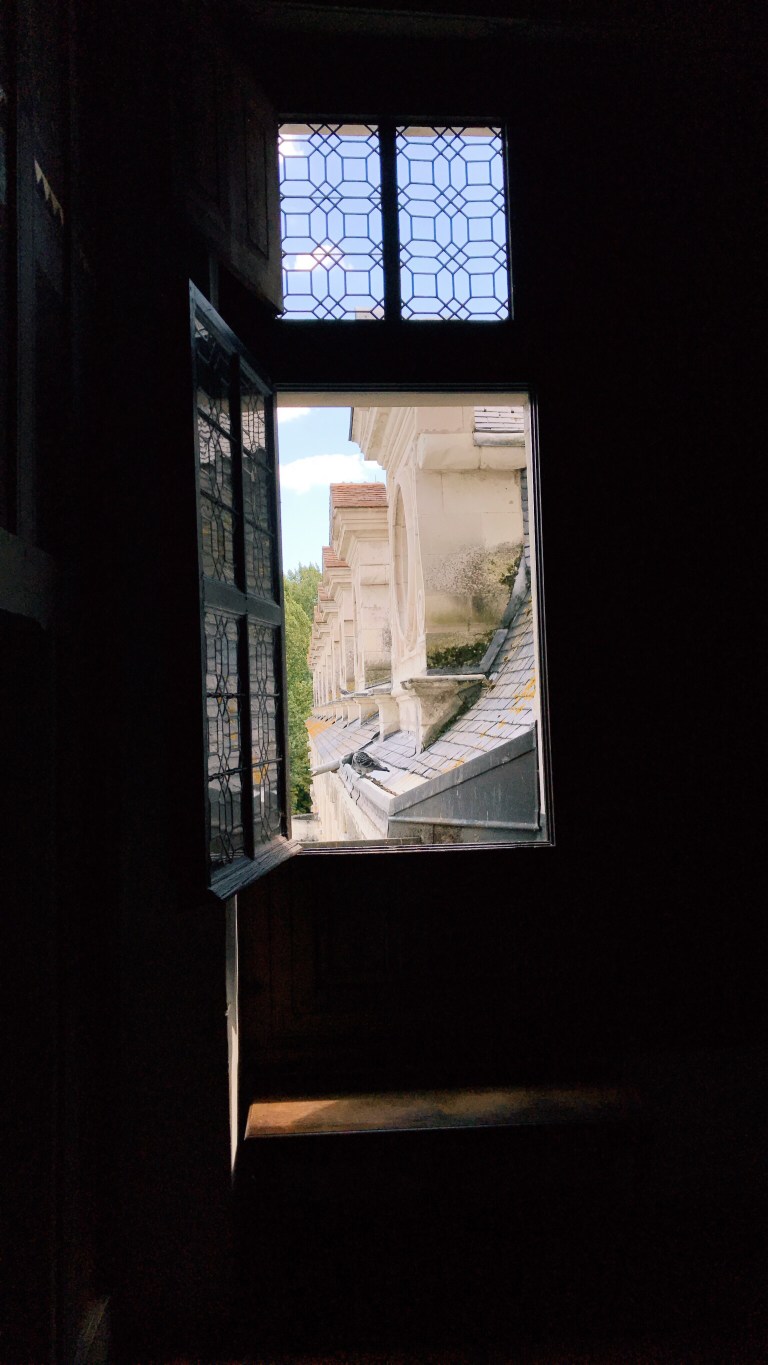


Back to Amboise for Le Fete
After a long day of Chateau hopping, it was back to our own hotel/Chateau for a little refresher. Our friends joined us for a drink by our pool and then we headed to our dinner reservation at Le Lion D’Or, a restaurant conveniently located right by the river where the firework display was to take place.

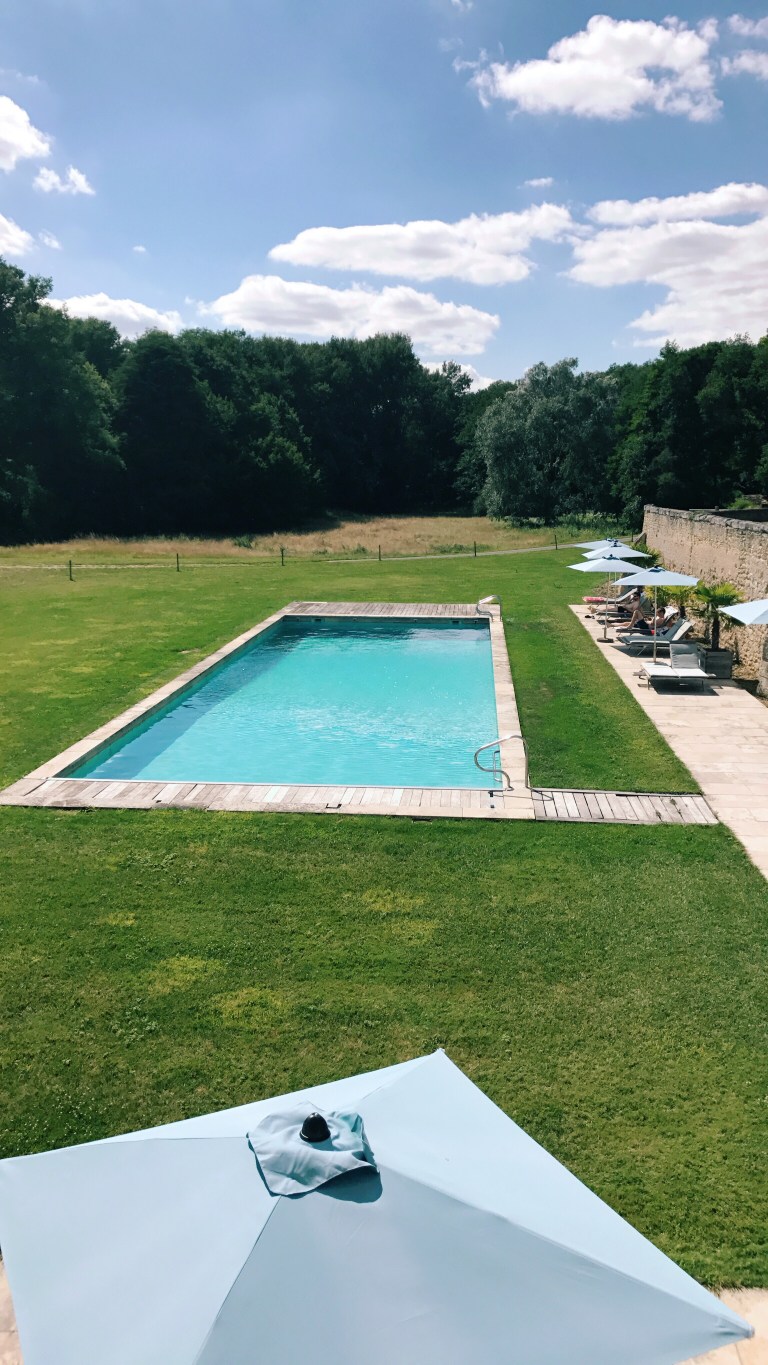
Actually, earlier in the morning, before leaving the Chateau d’Amboise, we stopped in at the Le Lion D’Or and made a reservation for that evening (remember how important making reservations is). If you go to their website, you might think this is a very high end, fancy restaurant. The photos show a very formal dining room, and I think there may be a fancier dining room as part of the restaurant, but when we arrived, we were seated just inside, which had a simple, modern decor. As with everywhere in France, the service was very good, and the menu offered the typical 3 or 5 course menu or you could choose a la cart. All of our dishes were delicious and presented nicely, but the atmosphere was not stuffy at all. There were a mix of families with kids, couples, and a spattering of tourists, like us. It was very reasonably priced and we were ready to join the town folks for a firework display!


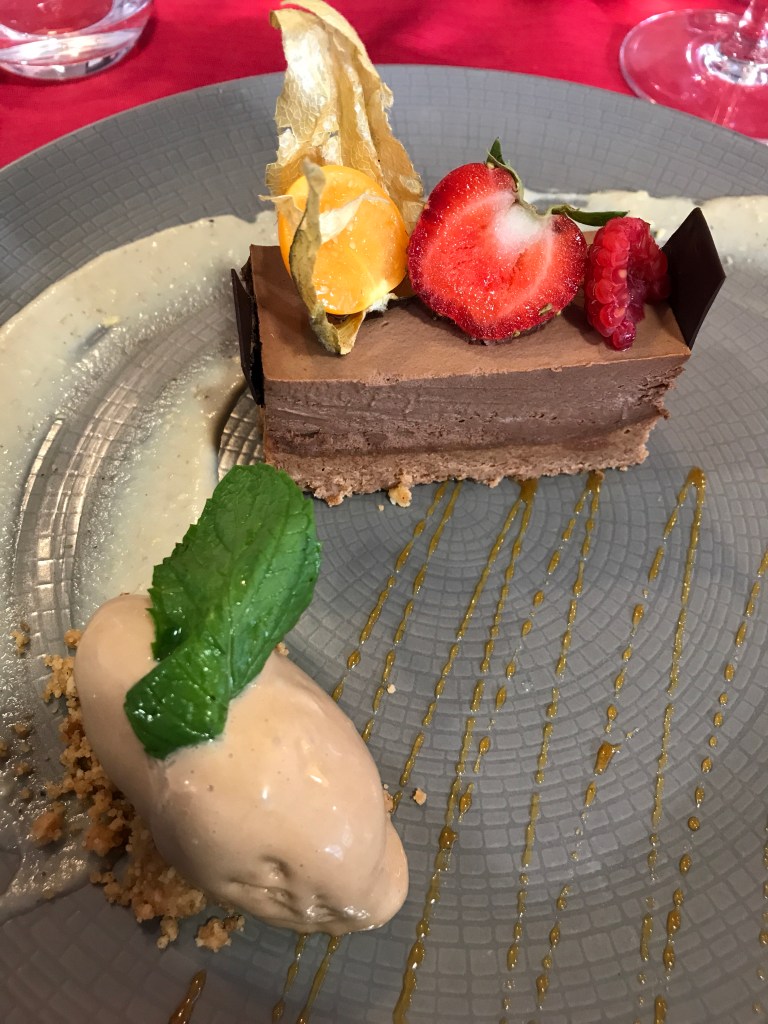


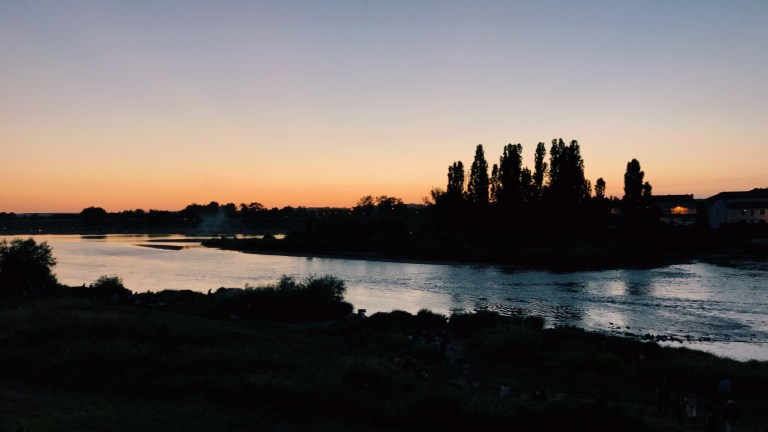
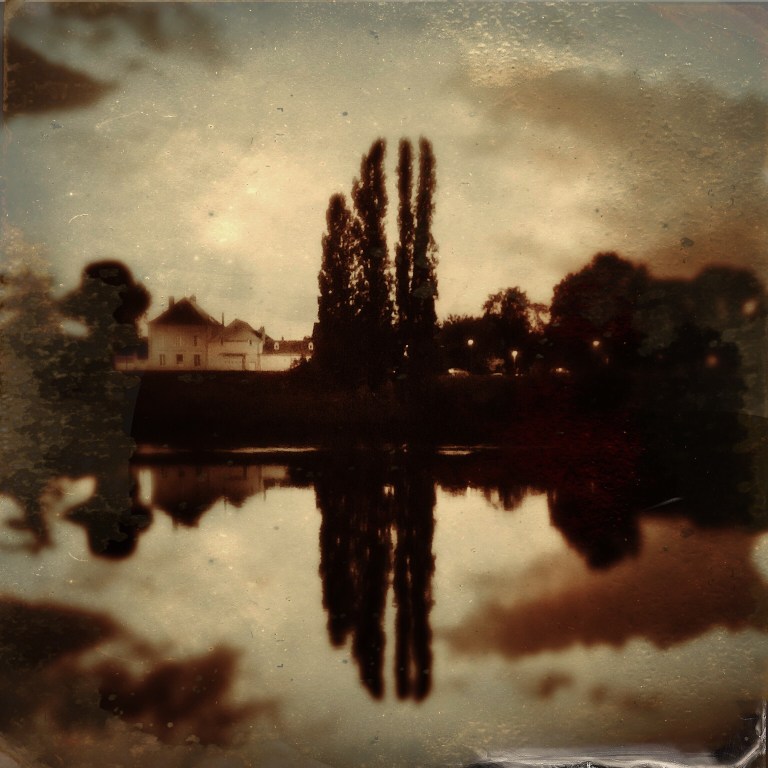
I have to say, I was impressed at the way the town of Amboise presented their Le Fete firework display. They closed off the main street that runs parallel to the Loire. My wife, daughter and I were in Nice the evening before that terrible terrorist incident in 2016, so we had cause to be a bit nervous about standing on a road watching a firework display, but I have to say that we were not spooked. The police had placed large trucks at each end of the street and at all intersections so that no vehicles could pass. At the appropriate hour (which is late in France because it doesn’t get dark until nearly 11), the crowd grew larger and larger and all of the lights in town went off. In the darkness of the night, the fireworks began to burst in the warm, July sky.
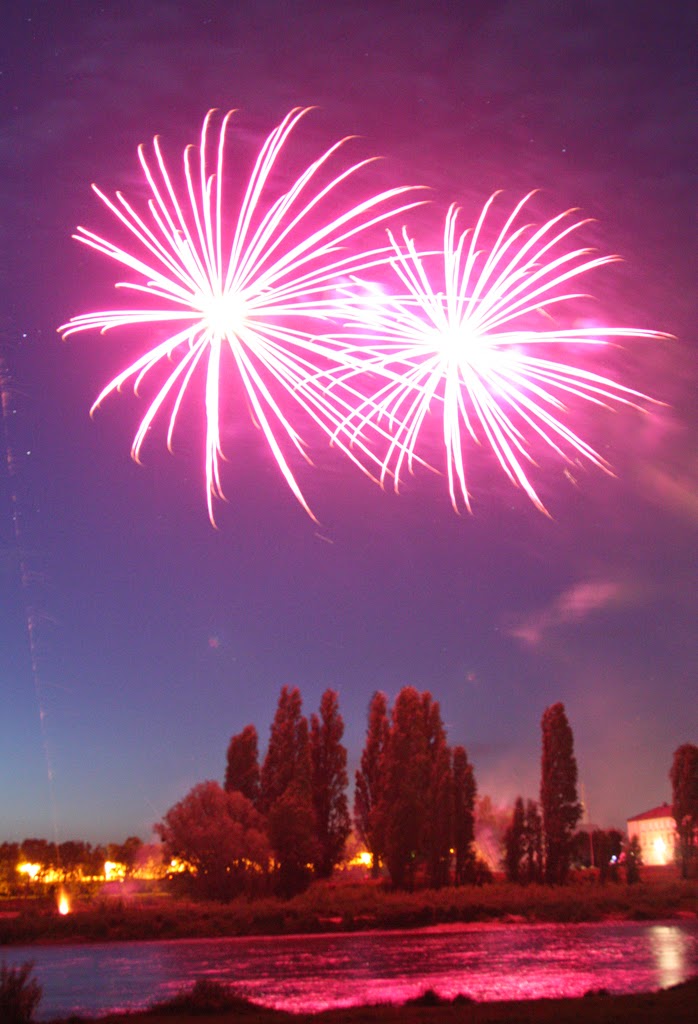
Tomorrow we go to the grandaddy of all Chateaus….Chateau de Chambord.



Enjoyed your travel stories with photo, history and food.
I visited this site via your post on Fodor’s French board.
Thank you for taking the time to comment and I’m glad you enjoyed it!